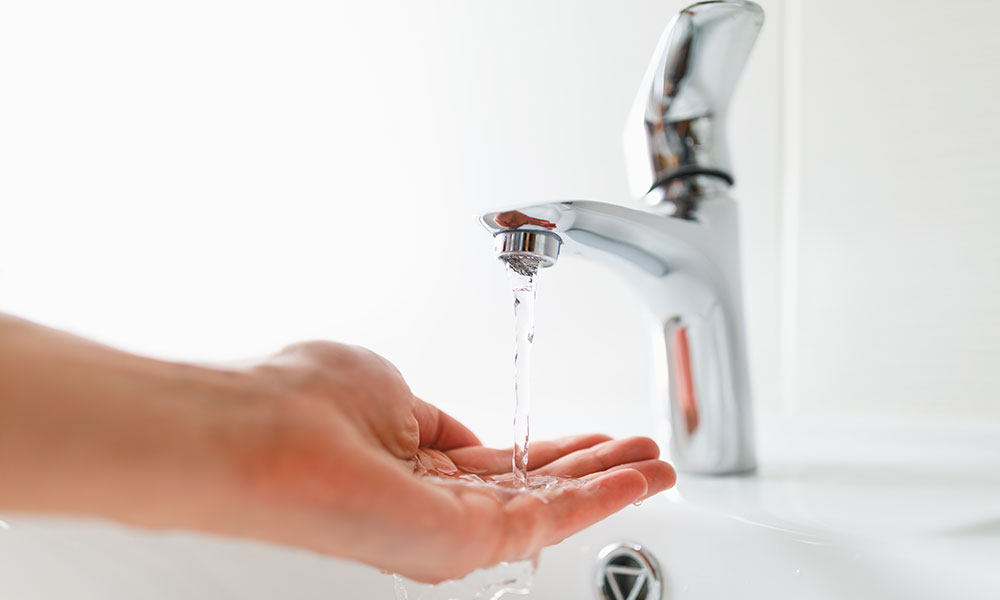What are your opinions about Dealing with Low Water Pressure in Your Home?

Low water pressure in your house can be a discouraging issue, influencing every little thing from showering to washing dishes. If you're experiencing weak water circulation, there are numerous possible causes and services to explore. In this overview, we'll review common reasons for low tide stress and sensible actions to address the concern properly.
Introduction to Low Tide Stress
Low tide stress occurs when the flow of water from your taps, showers, and other components is weak than common. This can make daily tasks much more challenging and much less efficient. Recognizing the causes of low water stress is vital to finding the ideal remedy.
Common Causes of Low Tide Pressure
Pipeline Obstructions
With time, pipelines can become blocked with natural resource, debris, or particles, restricting the flow of water. This is a common problem in older homes with galvanized steel pipelines.
Deterioration
Corrosion within pipes can cause leaks and decreased water stress. Corrosion buildup can tighten water circulation, specifically in maturing plumbing systems.
Faulty Pressure Regulators
Pressure regulatory authorities are responsible for preserving constant water pressure in your home. If they malfunction, it can cause low water pressure or uneven circulation throughout your home.
Metropolitan Water System Issues
Occasionally, the problem exists outside your home. Municipal supply of water concerns, such as main line leaks or maintenance job, can momentarily reduce water pressure in your area.
Just How to Identify Low Tide Pressure
Inspecting Faucets and Fixtures
Beginning by testing the water pressure at different faucets and components throughout your home. If the issue is isolated to details areas, it may indicate local troubles.
Inspecting Pipelines
Check visible pipelines for indicators of leakages, rust, or blockages. Take note of any uncommon audios, such as knocking or rattling pipelines, which can show issues within the plumbing system.
Consulting with a Plumber
If you're incapable to determine the cause of low water pressure, think about working with a specialist plumber to carry out a thorough inspection. They can determine underlying concerns and suggest proper solutions.
DIY Solutions to Repair Low Tide Pressure
Cleaning Up Aerators and Showerheads
Mineral deposits can build up in aerators and showerheads, lowering water circulation. Remove and cleanse these components regularly to improve water pressure.
Flushing Water Heater
Sediment build-up in the water heater can limit flow and reduce effectiveness. Flushing the tank occasionally aids get rid of debris and preserve ideal efficiency.
Inspecting Stress Regulator
Make sure that the stress regulator is working appropriately. Changing or changing the regulatory authority can assist restore proper water stress throughout your home.
Cleaning Clogs in Pipes
For small clogs, try using a plumbing serpent or chemical drain cleaner to clear blockages in pipelines. Be cautious when using chemicals and comply with safety standards.
When to Call an Expert Plumber
If DIY initiatives fail to resolve the issue or if you believe significant plumbing problems, it's finest to look for help from a certified plumber. They have the knowledge and devices to resolve complex problems securely and effectively.
Preventive Measures to Preserve Water Pressure
Normal Upkeep
Arrange routine upkeep for your plumbing system to stop problems such as deterioration, leakages, and obstructions. Addressing small problems early can help avoid more significant repair services in the future.
Setting Up a Pressure Booster
Think about setting up a stress booster pump to improve water stress in locations with continually low flow. This can be particularly beneficial for multi-story homes or properties with high-demand components.
Monitoring Water Usage
Be mindful of water use behaviors and stay clear of ill-using the plumbing system. Simple changes, such as incredible showers and washing lots, can aid keep sufficient water pressure.
Final thought
Dealing with low tide stress can be aggravating, yet identifying the underlying causes and applying appropriate services can bring back optimum flow throughout your home. Whether it's cleansing aerators, inspecting pipelines, or consulting with a plumber, taking proactive actions can guarantee a consistent supply of water for your daily requirements.
FOUR WAYS TO FIX LOW WATER PRESSURE NOW
Turning on a shower or faucet only to find the water comes out in a sad, slow drizzle is never a good feeling. How exactly are you supposed to wash a pan or take a quick shower when it takes 10 minutes just to rinse off a little soap? The good news is that when your water pressure is bad, there's always a cause: typically one that can be easily fixed. Here are some of the most common causes of low pressure and what you can do to fix the issue:
DEBRIS AND MINERAL DEPOSIT BUILDUPS
If you notice low water pressure from just one or two of the fixtures in your house, the problem likely has to do with debris buildup. Water is full of minerals and other debris, all of which can accumulate in your pipes and on your fixtures. This can cause a blockage that affects how much water flows through. To fix this, try filling a small plastic bag with white vinegar, and use a rubber band to hang it around your showerhead or faucet. Let the head of the fixture soak for a few hours, and the vinegar should loosen the deposits.
WATER LEAKS
Leaks are another common cause of low water pressure. If water is flowing out of your plumbing through a hole or crack before it can reach your fixture, the pressure coming out of the faucet or showerhead will be lower. A plumbing professional is your best bet for finding and repairing a leak in your water supply pipes.
Leaks are another common cause of low water pressure. If water is flowing out of your plumbing through a hole or crack before it can reach your fixture, the pressure coming out of the faucet or showerhead will be lower. A plumbing professional is your best bet for finding and repairing a leak in your water supply pipes.
A VALVE ISSUE
If you have low water pressure throughout your home, check your main shut-off valve to make sure it's completely open. You may also want to see if there's a pressure-reducing valve installed. If there is, have a plumber help you adjust the settings to get the pressure you're looking for.
OTHERS USING WATER
Believe it or not, your low water pressure could be caused by your neighbors. If you notice low pressure at certain times of day, it may be because you and the people living next to you have similar schedules - when everyone is showering at the same time, the pressure will be lower in every home. Low pressure throughout the neighborhood may also be caused by an issue with your municipal water supply. If that's the case, call the supplier to see if they're working on the issue.
https://www.rotorooter.com/blog/water-leaking/low-water-pressure-fixes/

As a devoted reader on Dealing with Low Water Pressure in Your Home, I thought sharing that section was necessary. Be sure to pause to promote this post if you enjoyed reading it. We appreciate your readership.
Call
Comments on “Practical Tips for Managing Low Water Pressure in Your Home”